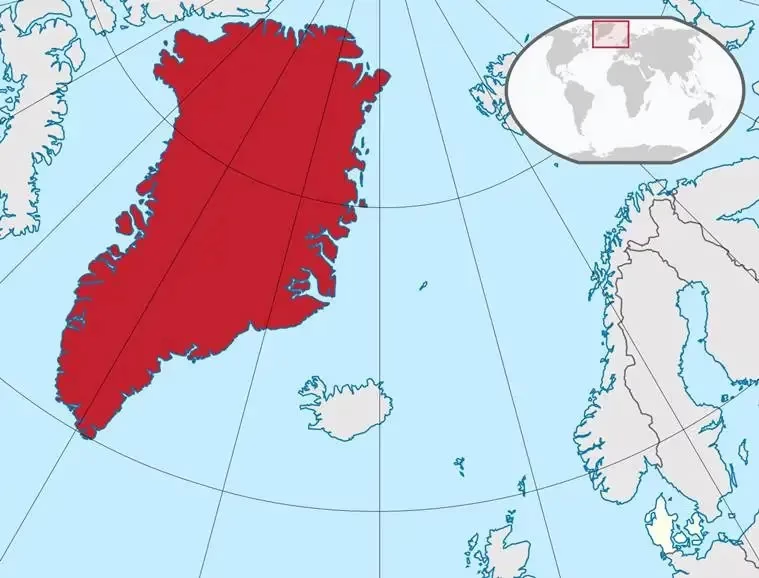Greenland, part of NATO through the membership of Denmark, has strategic significance for the U.S. military and for its ballistic missile early-warning system since the shortest route from Europe to North America runs via the Arctic island.
Greenland is the largest island on Earth. It is situated in the Arctic and is the most sparsely populated territory in the world. It is bordered by the Atlantic Ocean on one side and the Arctic Ocean on the other. It is home to the northernmost point of land in the world—Kaffeklubben Island.
Greenland is mineral-rich with large deposits of traditional resources such as gold, nickel, and cobalt. It also has some of the biggest reserves of rare earth minerals such as dysprosium, praseodymium, neodymium, and terbium. Of the 34 classified rare earth minerals, Greenland has about 23. It is these that have brought the island a lot of attention, along with several prospecting mining companies.
As an autonomous territory of Denmark, Greenland hosts both Danish and U.S. military bases. Its economy relies heavily on fishing, while substantial subsidies from the Danish government contribute about 20% of its GDP.
Greenland, though geographically part of North America, has been under Denmark’s control—located nearly 3,000 km (1,860 miles) away—for around 300 years. Initially governed as a colony, Greenland remained isolated and economically underdeveloped for much of its early history.
In 1953, it was integrated into the Kingdom of Denmark, granting Greenlanders Danish citizenship. A significant shift occurred in 1979, when a referendum on home rule allowed Greenland to take control of most internal policies, while Denmark retained authority over foreign affairs and defence.

